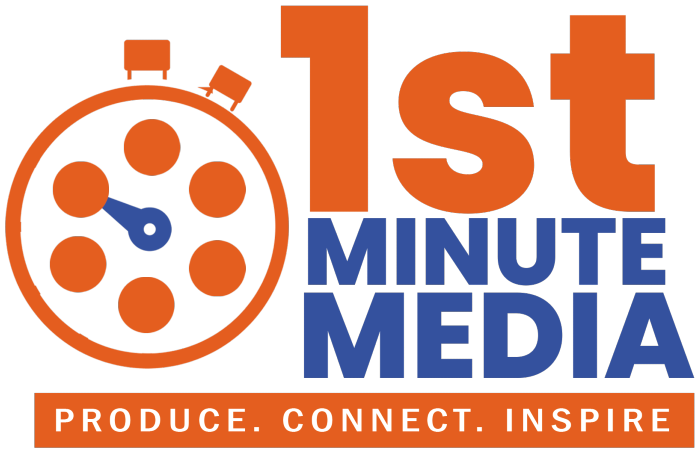The Rise of DeepFake AI: A Closer Look at the Latest Tool
In the age of rapid technological advancements, the boundaries of what’s possible are constantly being pushed. One area where innovation has surged is in the realm of artificial intelligence, giving rise to a technology known as deepfake AI. These sophisticated tools have the potential to blur the lines between reality and fiction, raising important questions about their implications. In this blog post, we will explore a recent deepfake AI tool, providing insights into its capabilities and potential consequences.
The Latest Deepfake AI Tool
To understand the latest developments in deepfake AI, let’s take a closer look at a recent tool showcased in the provided link. This tool demonstrates the ability to seamlessly replace a person’s face in a video with another person’s face. The result is a video that appears entirely genuine, even though the content may be entirely fabricated.
One striking feature of this tool is its ease of use. It appears to require minimal technical expertise, making it accessible to a wider audience. With just a few clicks, users can create convincing deepfake videos. While this may seem like a fascinating application of technology, it also raises a host of ethical and security concerns.
The Ethical Dilemma
The ease with which deepfake videos can be created using tools like the one in the provided link brings up important ethical considerations. These tools can be exploited to manipulate public opinion, spread misinformation, or even engage in cyberbullying. Such actions have the potential to damage reputations, incite violence, and erode trust in media and information sources.
Moreover, the use of deepfake AI for impersonation poses a serious threat to privacy. Victims can find themselves depicted in compromising or harmful situations without their consent, leading to personal and professional consequences.
The Importance of Regulation
Given the potential for misuse, there is a growing need for regulations surrounding deepfake AI. Governments, tech companies, and civil society must collaborate to establish guidelines that balance technological innovation with the protection of individuals and society as a whole. These regulations could encompass restrictions on deepfake creation and dissemination, as well as penalties for those who misuse the technology.
The Defense Against Deepfake AI
As deepfake technology advances, so too do the efforts to counter it. Researchers and tech companies are investing in the development of tools and algorithms to detect and identify deepfake content. Machine learning models are being trained to spot irregularities in facial expressions, audio quality, and other telltale signs of manipulation.
Furthermore, blockchain technology is being explored as a means of verifying the authenticity of digital content, making it more difficult for deepfake videos to go undetected. As these countermeasures evolve, they offer hope in the ongoing battle against the misuse of deepfake AI.
The latest deepfake AI tool showcased in the provided link is a testament to the rapid advancement of technology in recent years. While it is a remarkable feat of artificial intelligence, it also raises significant ethical concerns. The potential for misinformation, impersonation, and privacy violations cannot be ignored.
To harness the benefits of deepfake AI while mitigating its risks, responsible development and robust regulation are essential. As society grapples with the impact of this technology, it is crucial to strike a balance between innovation and the protection of individuals and the public interest. In a world where reality and fiction are increasingly intertwined, our ability to navigate this landscape ethically and responsibly will be a defining challenge of our time.

